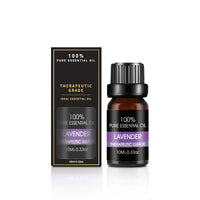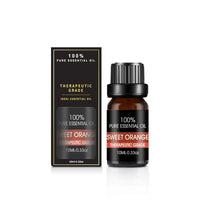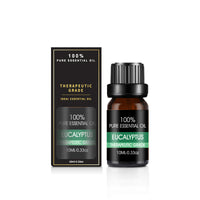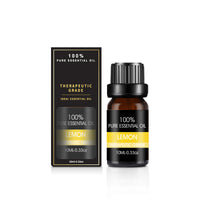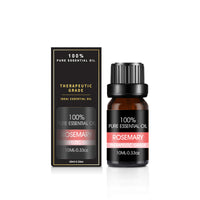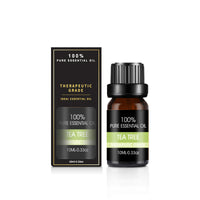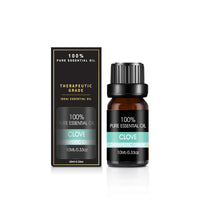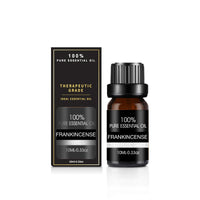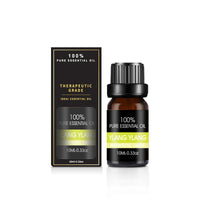Nature has always provided us with valuable resources, and among them, citrus essential oils (CEOs) have emerged as versatile compounds with a myriad of applications. Extracted from various citrus species such as orange, lemon, and bergamot, these essential oils are not just known for their pleasant aroma but also for their remarkable antifungal properties. Let's delve into the science behind citrus essential oils and explore how they can be effectively employed in combating fungal infections.
Understanding the Composition
Citrus essential oils boast a diverse composition, with limonene standing out as a major component, constituting anywhere from 25 to nearly 100% of the composition. Limonene, is not only responsible for the characteristic citrus scent but also plays a crucial role in the antifungal properties of these oils.
Limonene: The Antifungal Powerhouse
Limonene, found abundantly in citrus essential oils, has been extensively studied for its antifungal properties. This potent activity against various fungi, makes it a valuable weapon in the fight against fungal infections. Studies have shown that limonene disrupts the fungal cell membrane, leading to the leakage of cellular contents and ultimately causing the death of the fungal cell. This mechanism of action makes limonene an effective and natural antifungal agent.
Broad-Spectrum Antifungal Activity
One of the most remarkable features of citrus essential oils is their broad-spectrum antifungal activity. Research has indicated that these oils exhibit inhibitory effects against a wide range of fungi, including common pathogens like Candida albicans and Aspergillus species. This broad efficacy is particularly promising for developing natural alternatives to synthetic antifungal agents, especially considering the rising concerns about drug resistance.
Fungal infections of the skin, hair, and nails, caused by dermatophytes, are a common concern worldwide. Citrus essential oils, with their potent antifungal properties, have shown promise in combating dermatophytic infections. Whether it's athlete's foot, ringworm, or nail fungus, the application of citrus essential oils may offer a natural and effective solution. The topical application of these oils (always diluted) can help inhibit the growth of dermatophytes, providing relief from the discomfort associated with fungal infections.
Application Methods and Safety Considerations
Citrus essential oils can be applied through various methods, including topical application and aromatherapy. However, it's critical to exercise caution and follow proper dilution guidelines, as these oils are highly concentrated. Topical application, when appropriately diluted with a carrier oil, like coconut oil, is a common and effective way to address fungal skin infections. Aromatherapy, through diffusion or inhalation, can also contribute to the overall antifungal effect.
Citrus essential oils, with their rich composition dominated by limonene, showcase remarkable antifungal properties. From disrupting fungal cell membranes to demonstrating broad-spectrum activity, these essential oils have proven their potential in the realm of antifungal applications. Whether used as a standalone remedy or in conjunction with conventional antifungal agents, citrus essential oils offer a natural and promising approach to tackling fungal infections. As research in this field continues to unfold, the future may hold even more innovative uses for these potent extracts from nature's citrus bounty.


